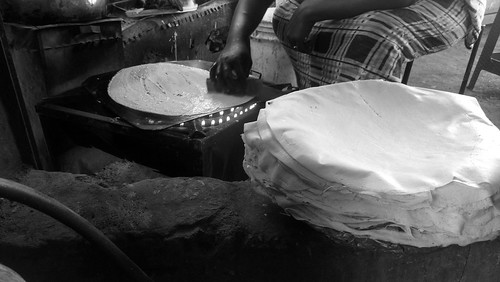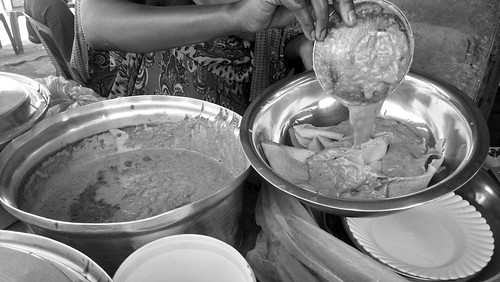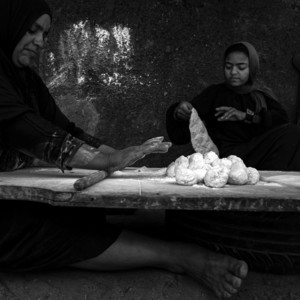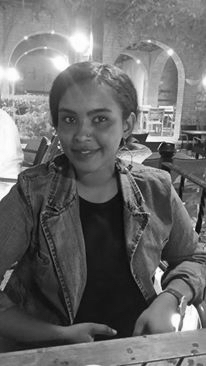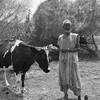BasicsSee how food connects despite political divisions
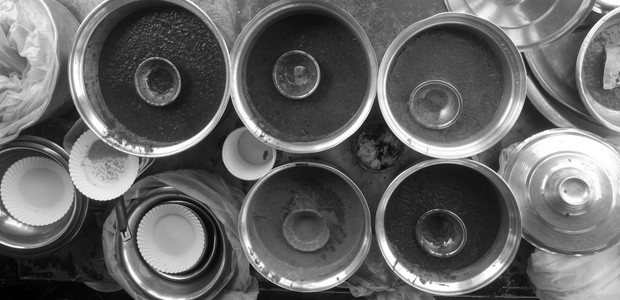
Human connection between neighbouring nations knows no boundaries. This can be witnessed by shared cultures, traditions and ways of life among many groups in the Nile Basin. While they may be divided by political borders, they still live together as one civilisation, proving that social ties are stronger than politics.
Besides clothing, rituals, traditions and spiritual practices, food is proof of a significant cultural connection. The traditional meals made of natural and local ingredients are almost the same for the local people living along the borders in each country in the basin.
In Sudan, a country vast and diverse, the cuisine varies depending on the region. But in the north and down to the centre there are many similarities between Sudan and Egypt in terms of food choices.
Since northern and central Sudan mostly adopt Arab culture, they have a lot of meals in common, not just with Egypt, but with the entire Middle East. Most of the well-known Arabic dishes are present in almost every home in those parts, including foul and falafel.
Foul is made of fava beans, boiled with salt and served with chopped onions, cheese and sesame or peanut oil, and sometimes with dressings like garlic or tahini. In Khartoum, many people prefer to have foul mixed with pieces of bread and other ingredients – they call it “boash” and it is college students’ favourite meal.
Falafel are fried ground chickpea balls with herbs and other kinds of seasoning. Foul and falafel together make a great breakfast meal.
However, in the northern and central parts of Sudan, they have their own special meals like qurasa, which is made from flour in a way similar to making crepes. Qurasa can be eaten with different sorts of stews and sauces made with meat and other ingredients, and sometimes with sugar and margarine.
The western parts of the country, especially Darfur, share culinary similarities with Chad. Many tribes are present on both sides of the border, where the most well-known meal is asieda, a porridge mostly made of millet flour. In Sudan, it is made from different types of flour and served with different sauces. Other meals typical for these border regions are stews such as mirris, which is made of sheep’s bone marrow and sharmout or tagalia stew, made with dried meat and tomato sauce. On the eastern side, the cultural and ethnical interaction happens among three countries: Sudan, Ethiopia and Eritrea. There are many foods in common there, but the most well-known connection is the coffee and the way it is prepared and served.
Drinking coffee in this tri-border area is a custom of a unique process of cooking and serving the coffee. It is a daily practice, mostly at noon, and starts with roasting the coffee beans, grinding them, boiling them with ginger, and then serving it in small cups. The process is done using a traditional coal stove and traditional utensils. The coffee is finally served with incense, nuts, popcorn, and sometimes fruits or sweets.
There is also kisra, a thin, fermented bread, which is very similar to the Ethiopian injera, and it is not limited to the east despite the common features between the two types of food. Kisra is consumed across Sudan and in some parts of Chad as well.
The southern part of the country has the same features of the west, as Darfur and Kordofan states are very close and similar, and the eastern part of the south combines the eastern and western cultures. There are a lot of Sudanese meals to be found in Juba (South Sudan), showing that the people remain united even though politics have divided them into two nations.

